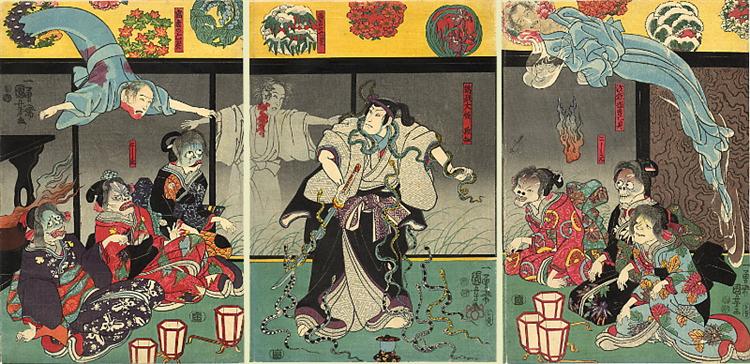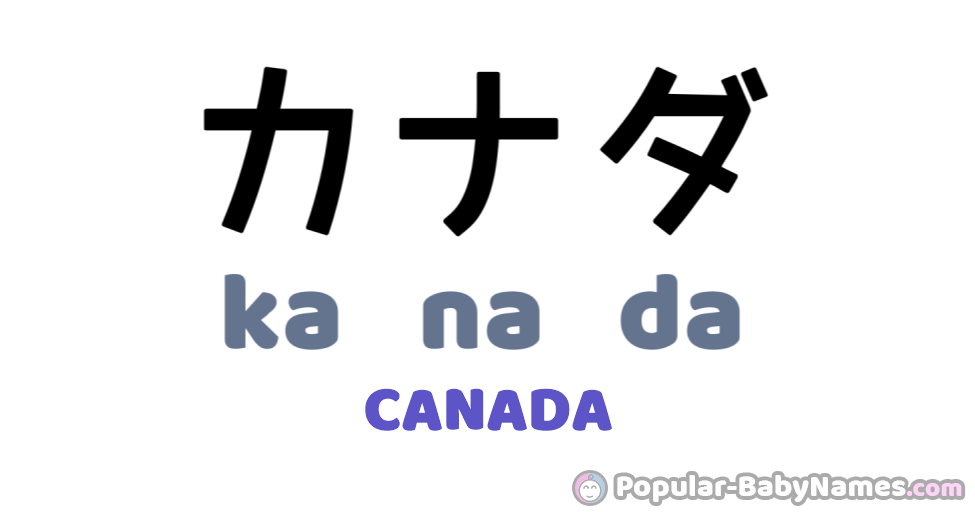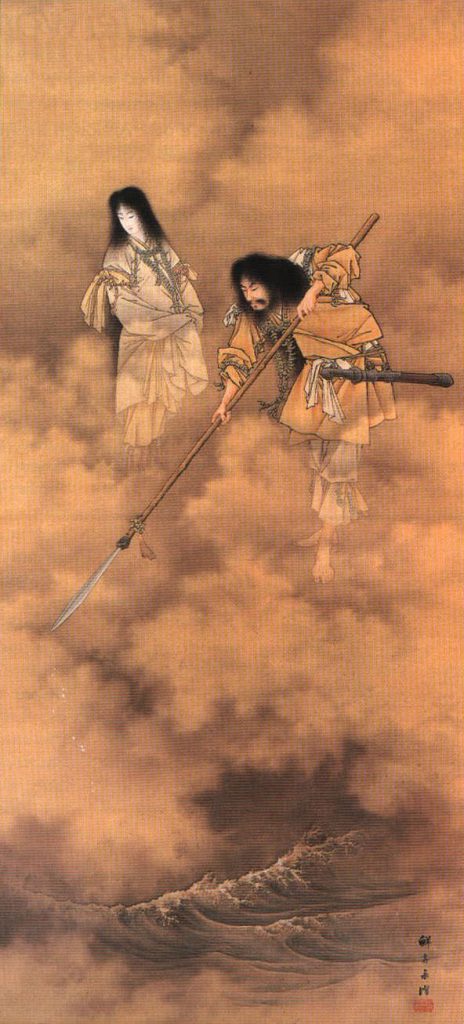Languages have been such a fascinating topic for me to learn. While in middle school and high school, I had great fun learning languages for intensive programs, for an elective, or just hardcore Duolingo training, French and Finnish were very interesting, but my most favourite was the Japanese Language, mostly because learning about its different quirks and niches in their linguistics and their culture. In my last semester of high school, Nothing to me was more interesting (and more complex) than learning the culture of Japan, but the history of their alphabet is a different story. The historical firsts of this language definitely deserves a second look;

First off, for clarification, there are three writing systems used in the one Japanese language:
Hiragana,(ひらがな):
Hiragana is one of the phonetic alphabets and represents Japanese words and phrases, it is mostly used for Japanese suffixes and grammatical functions where there are no kanji or katakana for foreign names or foreign loanwords. Example: (English)> Cat (Romaji)> Neko (Hiragana)> ねこ
Katakana,カタカナ:
Katakana is more often used for loan words that have been adopted from other languages. Example: (English)> Canada (Romaji)> Ka Na Da (Katakana)> カナダ

A generated image from popularbabynames.com of the Japanese Katakana for Canada.
Source
Kanji,漢字 :
Kanji shares much of simplified Chinese characters, it is used for the translation of Chinese words and phrases. The word Kanji translates from the Chinese work Hanzi, (which refers to the Han Dynasty.) example: (English)> Cat (Romaji)> Neko (Kanji)> 猫
The 46 characters of Hiragana and Katakana represent consonant/vowel parts that make up the syllables of spoken Japanese (along with 5 characters that represent singular vowels). As with Kanji, the regular-use alphabet of Kanji has 2,136 characters, and the overall amount of Kanji characters have around 5,000 and 10,000 characters. The regular use amount is taught from kindergarten to high school in Japan.
Historical origins
Although there has been no proof yet of the language’s birthplace or linguistic relatives, it is known as of now to originate from Korean languages (Ural-Altaic family of languages) in the 4th century BCE as a spoken language.
Written Japanese
Japanese was not known to have been written until the 4th Century BCE. The ancient Japanese started by Learning the Chinese language in the 5th century BCE from imported goods from the Chinese across the sea. The Japanese then started adapting and writing the Chinese-Japanese writing style, a great example is the Japanese Kojiki, “Records of Antiquity”, an ancient collection of myths and legendary history, discovered to be dating from the early 8th century (711-712) and composed by Ō no Yasumaro.

Source
References:
- Japanese. (2003). In The MacMillan encyclopedia (2nd ed.). Market House Books Ltd. Credo Reference: https://ezproxy.capilanou.ca/login?url=https://search.credoreference.com/content/entry/move/japanese/0?institutionId=6884
- Japanese. (2004). In A. Dalby, Dictionary of languages (3rd ed.). A&C Black. Credo Reference: https://ezproxy.capilanou.ca/login?url=https://search.credoreference.com/content/entry/dictlang/japanese/0?institutionId=6884
- Japanese (日本語). In S. Ager, Japanese language and script. (2021). Retrieved October 3, 2022, from https://omniglot.com/writing/japanese.htm